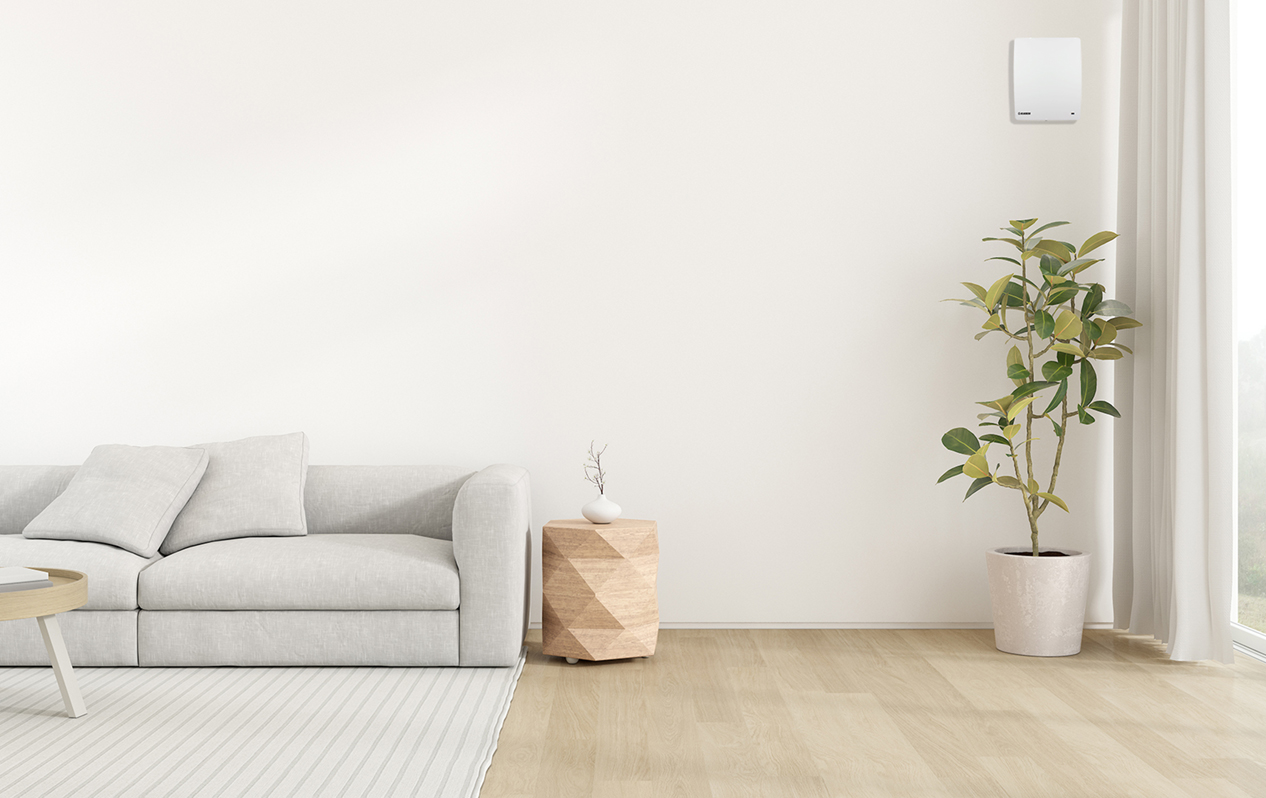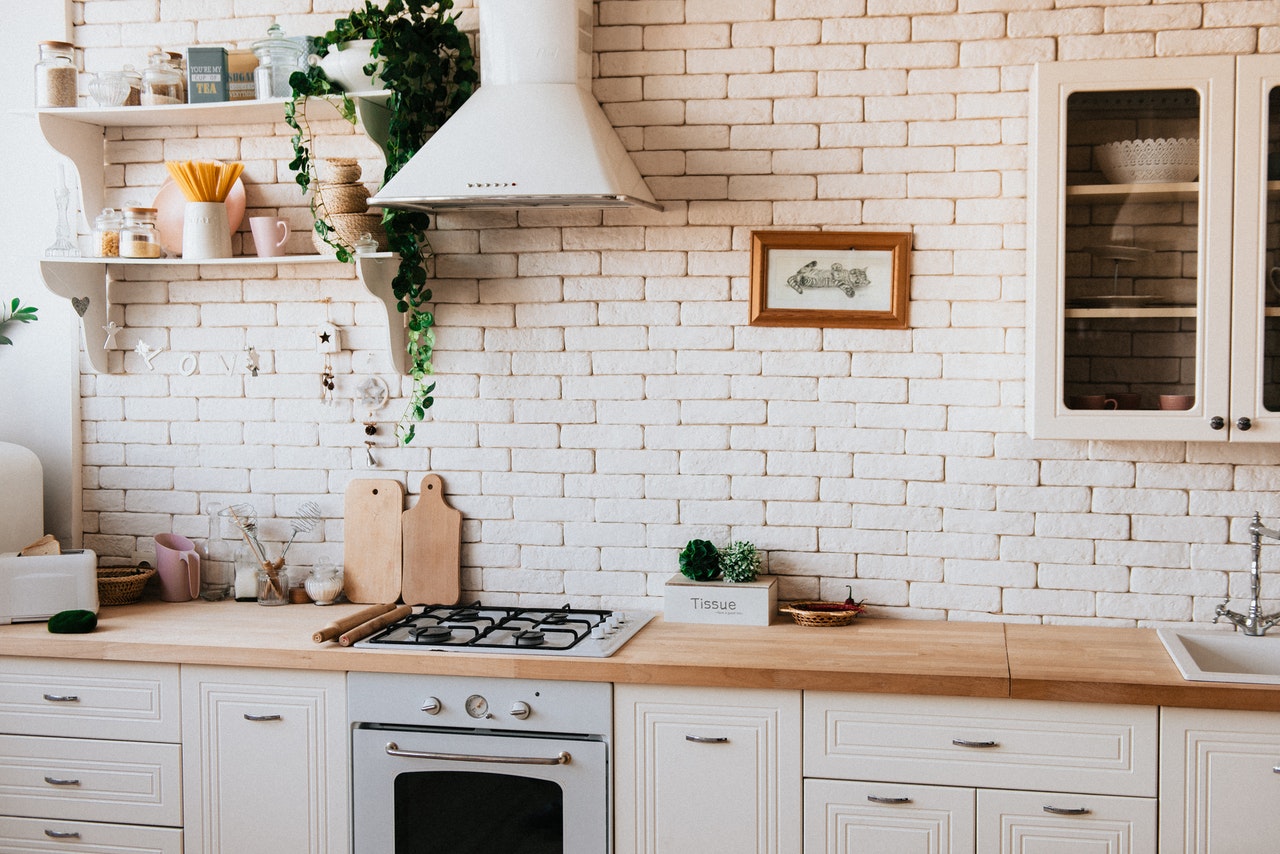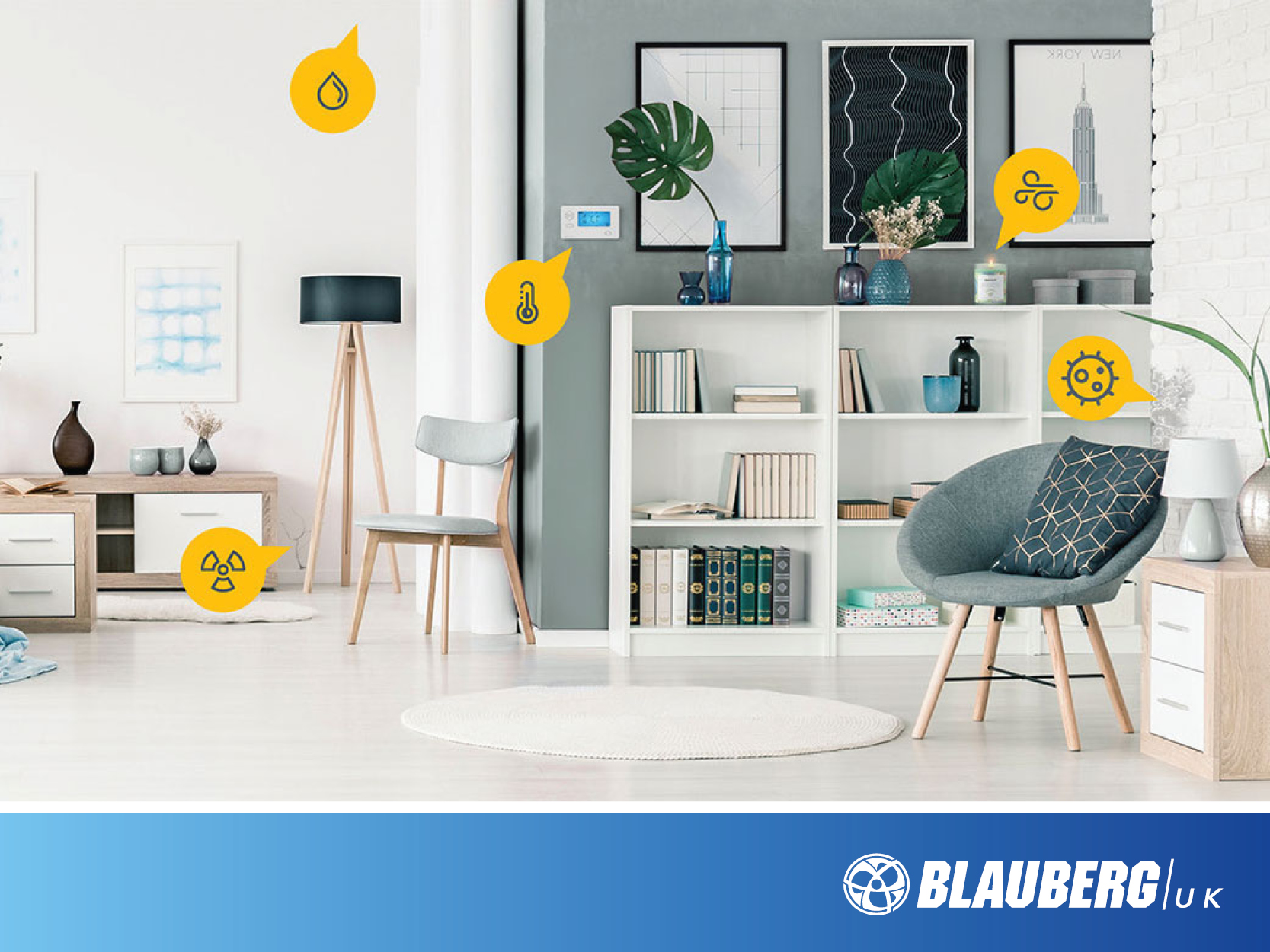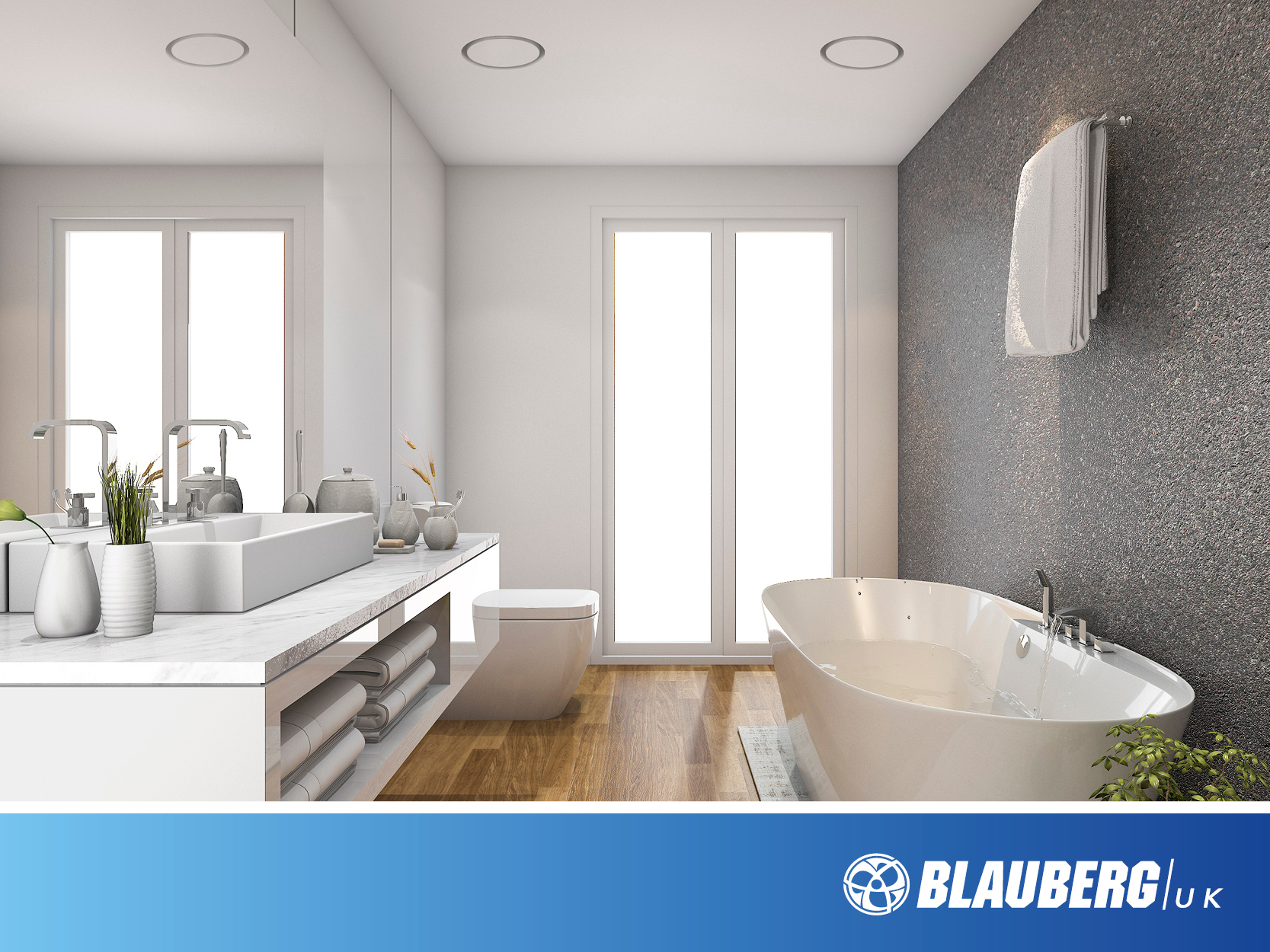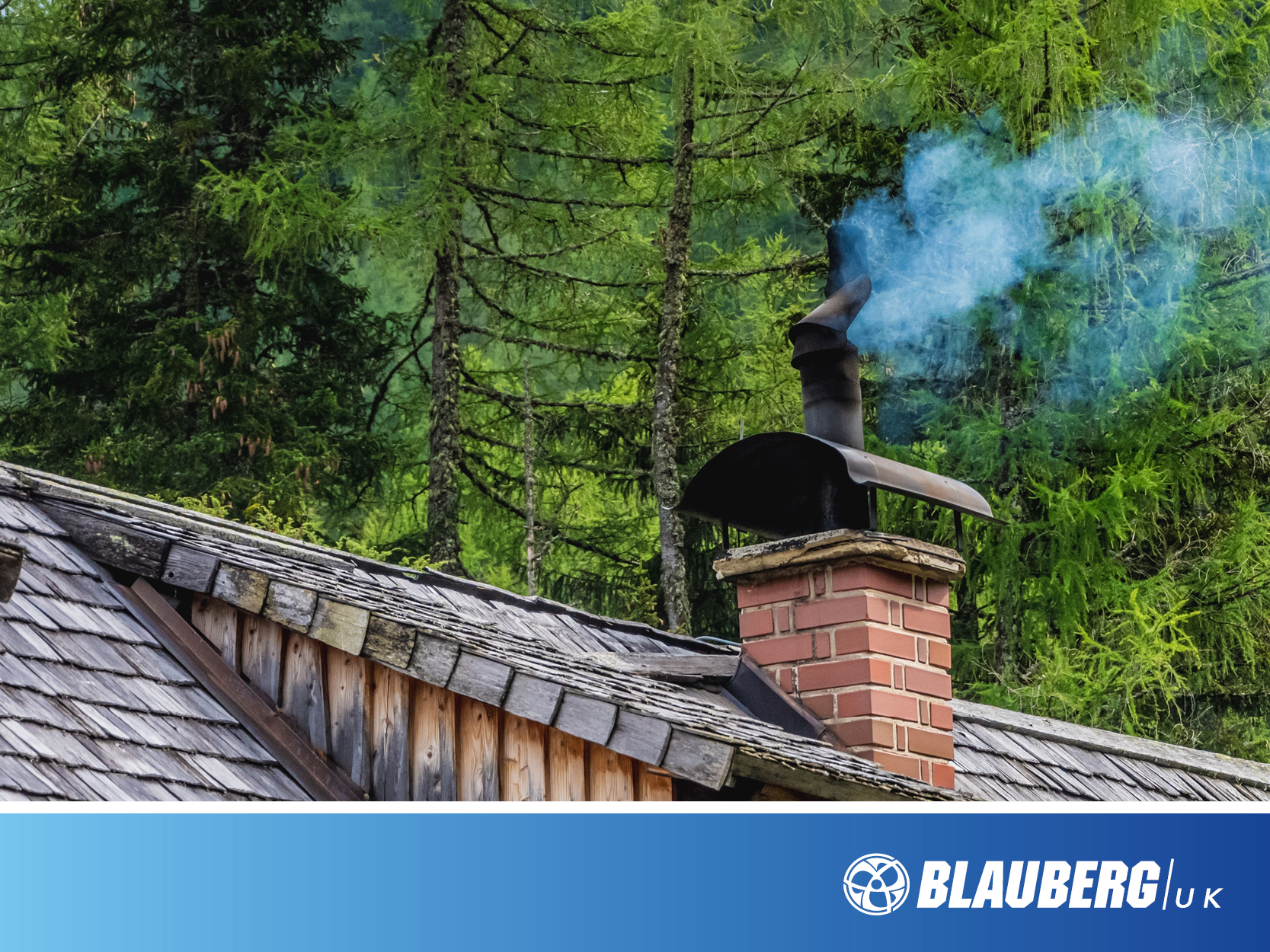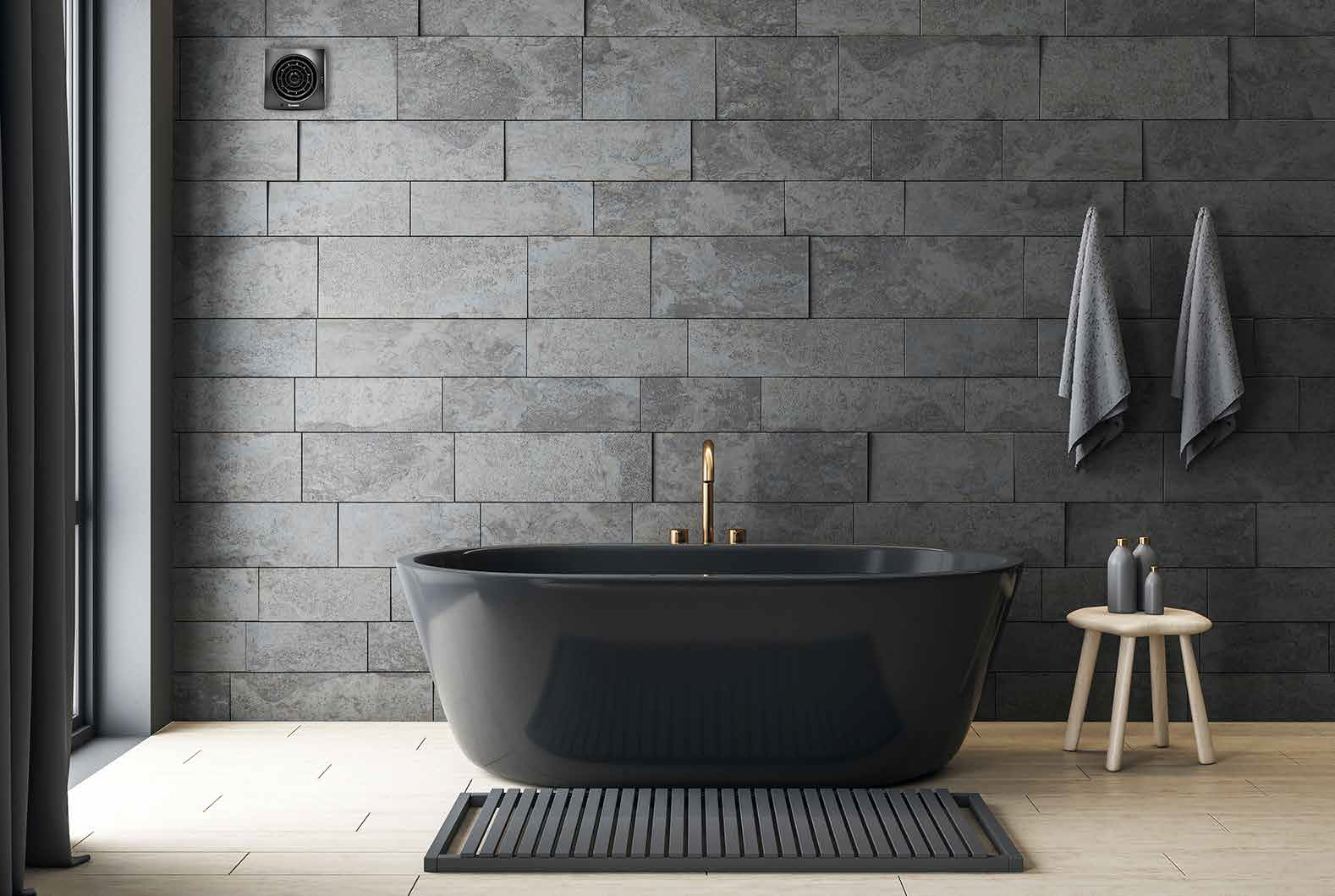5 Steps To Understand The Truth About Ventilating our Homes

THE TRUTH ABOUT VENTILATING OUR HOMES
The truth be known, ventilation in our homes has been woefully inadequate long before the Coronavirus pandemic. Even in the midst of this global airborne virus outbreak, the best advice that our Government can give is to open more windows: gov.co.uk/covid-how-to-ventilate-your-home . Housebuilders & specialist ventilation companies fall back on old-fashioned building regulations that are over 10 years old: gov.co.uk/ventilation-building-regulations-part-f . And what are the building regulations advising housebuilders to do to provide adequate ventilation in our homes? To put extractor fans in our bathrooms & kitchens. Oh, and they only need to operate when the room is being used.
So, if the Government's best advice is to open windows in the midst of winter, and housebuilders are using Building Regulations that are over 10 years old, who are we to trust to ensure we are breathing healthy air in our homes? Actually, ourselves, because ventilation is not rocket science, and if you follow 5 simple steps you can adequately ventilate your home all year round and save energy at the same time.
Step 1 - Be mindful of the Air you Breathe.
Having a better understanding of the air we breathe in our homes, will help us make better decisions when choosing ventilation. In short; viruses carbon dioxide, dust, VOC's, mold spores, pollution and humidity are all invisible and they all play a part in reducing the quality of the air we breathe.
Many of us are not affected by hayfever, asthma and mold, but are we affected by other factors? Ever considered that the reason you wake up in the morning feeling tired may be down to CO2 build-up in your bedroom? A 2019 study outlined the effects of sleeping in an unventilated bedroom with the door closed and proved that elevated levels of carbon dioxide not only make us tired and lethargic but also affects our overall well-being. Installing a silent running single room heat recovery unit will dramatically reduce the CO2 build-up in a bedroom.
If you want to know more about the air you breathe, talk to a Blauberg Expert today by clicking this link.
Step 2 - Upgrade your Existing Extractor Fans to Ventilators that Run Continuously.
At the very least, we should all have extractor fans in our bathrooms, kitchens, toilets, and wet rooms. Some will have simple pull cords, some will have humidity sensors and some will have run-on timers. Most will be inadequate and switched off because they are too noisy or simply not working. In reality, even the newest extractor fans selected for bathrooms and kitchens are not fit for purpose. They are only designed to be used for a small amount of time and quite frankly, we don't spend most of our time living in these rooms.
However, there is a simple, cost-effective solution to improve your current ventilation, without breaking the bank. By simply upgrading your extractor fans for ventilators that run continuously, you will vastly improve ventilation for your whole house. For example, Blauberg Calm 100 dMEV Extractor Fans run silently, 24/7 and use less than 2 watts of electricity. Ideally situated in bathrooms, toilets, and ensuites, Blauberg Calm 100 dMEV Extractor Fans will boost to higher speeds when the room is in use, or if higher levels of humidity are detected.
Whichever constant running extract fan you choose, they will increase the overall indoor air quality of your whole home and easy to swap out with your old ones saving you time and money on building work.
If you want to know more about upgrading your existing ventilation to continuously running extractor fans, talk to a Blauberg Expert today.
Step 3 - Ventilate Every Habitable Room.
Providing localised, habitable room mounted ventilation, dramatically increases the indoor air quality in your home. It can also introduce fresh, filtered air to the whole of your house, providing you with a near perfect indoor air environment. But although it sounds obvious to provide ventilation to every habitable room, in reality, there are many considerations: Noise, aesthetics, location, supply & extract air, energy consumption & recovery, and lastly, cost. We, in the UK, are also not used to having ventilation in our living rooms and bedrooms and can't easily understand this concept. What would it be like? How will I sleep at night? Will be draughty? What about heating and cooling? But do we ask these same questions about our heating system with radiators, pipes & valves?
Blauberg Vento single room ventilators working together to provide ventilation in every habitable room

Until recently, the choice of single habitable room ventilators has been poor but Blauberg has simple affordable solutions that are silent running, meet the aesthetic requirements for modern living, are extremely energy efficient. The Blaugberg Vento range of single room ventilators can be mounted in every habitable room and are available in four sizes: Vento-Mini - for bedrooms, Vento-Midi & Vento-Maxi for living rooms & kitchens, and Vento-Duo for bathrooms & toilets. They can work individually for each room or can be controlled collectively from your smartphone to form a whole house ventilation, filtration and heat recovery ventilation system.
If you want to know more about ventilating bedrooms, living and dining rooms, talk to a Blauberg Expert today by clicking this link.
Step 4 - Filter the Fresh Air you Bring into your Home.
Whether you are supplying fresh air into your home through a single room fan or heat recovery ventilation system, particle matter filtration is key to removing any airborne impurities from the fresh air you introduce into your home, especially if you are to ensure better indoor air quality.
The type of filtration required largely depends on where we live. Do you live in a city where PM pollution from cars and industry is likely to be high? Or, is your house situated in a rural area, where pollen and other organic airborne particles are likely to be elavated? There are also tiny particles that get lodged in our lungs such as viruses, VOC's (volatile organic compounds), nitrous oxides, and a whole list of pollutions that can cause long-term health problems.
You may have heard the term 'PM-10' or PM-2.5' being used to describe the effectiveness of face masks against Coronavirus, and these terms are used when selecting different types of filtration for our homes:
- PM-10 - Describes filtration of PM (particle matter) down to 10 microns such as pollen, dust, mold and smoke.
- PM-2.5 - Describes filtration of PM (particle matter) down to 2.5 microns such as (all of the above), viruses, nitrous oxides from vehicle exhausts, industry pollutions and VOC's.

Generally speaking, particles held in the air that are greater than PM 10 can get held in the lungs causing respiratory illnesses. Whereas particles of matter that are smaller than PM10 can pass through to the bloodstream, and can cause longer term health problems.
If you want to know more about the different types of ventilation that filter the air we breathe, talk to a Blauberg Expert today by clicking this link.
Step 5 - Consider Energy & Heat Recovery Ventilation.
Heat, and energy recovery ventilation are fast becoming the preferred choice for ventilating your home. It will take out impure air, bring in fresh air that is filtered. It also takes out the heat and energy from the impure air and pushes it back into your house saving you money.
A centralised heat recovery ventilation system works like this:
- A box (MVHR unit), much like a boiler, is installed in your loft, void space, or out of sight in a cupboard.
- The MVHR unit has two fans inside (one for extract air, one for supply air), filters, and a heat and energy recovery core.
- Ducts from the MVHR unit are run to all your rooms and connected to small unobtrusive ceiling vents.
- Air is extracted from your kitchen, utility room, bathrooms, toilets and wet rooms. This dirty air is extracted to the outside, and up to 98% of the heat is stored inside the MVHR unit.
- The MHVR unit then inputs fresh air from outside, collects the heat it has stored, filters it, and supplies this fresh, filtered and freely heated air into your living rooms and bedrooms.
- The whole process works silently, and continuously, working 24/7 to maintain high levels of air quality in your home.
Check our example for an Out of the box solution for 3 bed houses up to 150 sqm

If you want to know more about whole house heat recovery, talk to a Blauberg Expert today by clicking this link.
A de-centralised heat recovery ventilation system works like this:
- Small, attractive boxes such as Blauberg Vento's (single room heat recovery units), much like extractor fans, are mounted in every room of your house.
- The Blauberg Vento units have a reversible fan, filters, and a heat & energy recovery core inside.
- Dirty air is extracted through the Vento Units to the outside, and up to 98% of the heat is stored within the unit.
- The Vento unit then reverses, inputs fresh air from outside while collecting the heat & energy stored. The air is then filtered and supplied freely heated air back into the room.
- The whole process works silently, and continuously, working 24/7 to maintain high levels of air quality in your home.
- Blabuerg Vento single room heat recovery units can work independently in each room. Alternatively, there can be linked wirelessly and work together over WiFi to provide a whole-house solution.












